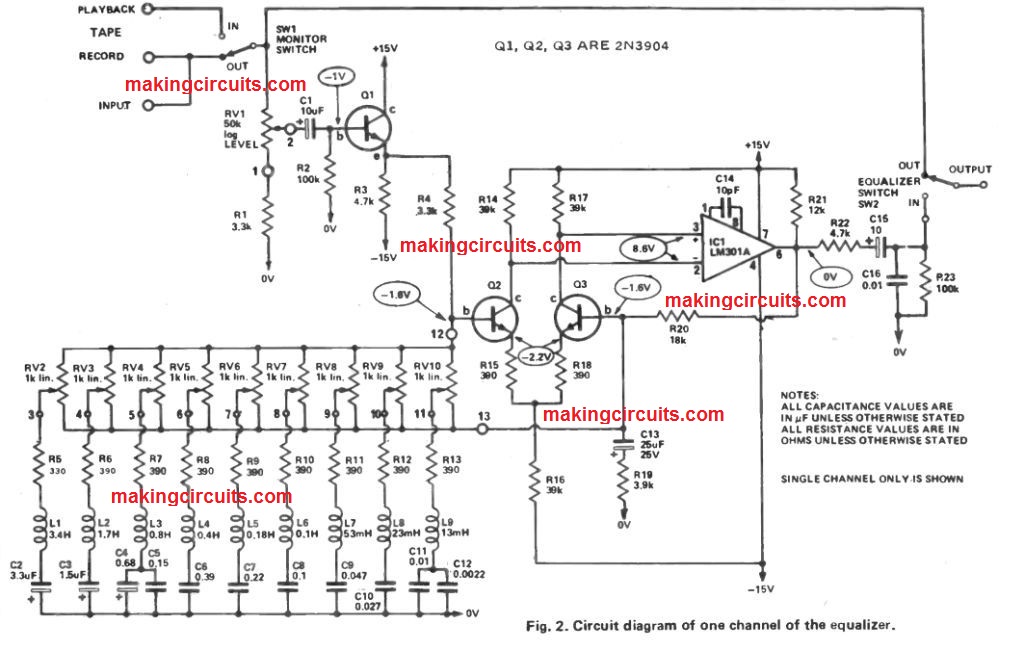- Messages
- 2,084
So it's not authentic then?As an owner of a Mark V I actually feel like the Fractal Mark 5 band is better. You seriously have finer
grain control of it than with the actual amp. Actual amp you cannot vary by thousands.... a little nudge
on the physical slider and you may have gone too far. Nudge it back down and you went too far the
other way. Rinse and repeat until you start too think you need another amp.
In the Fractal the ability to finetune the EQ is far more accessible and available to the user.






